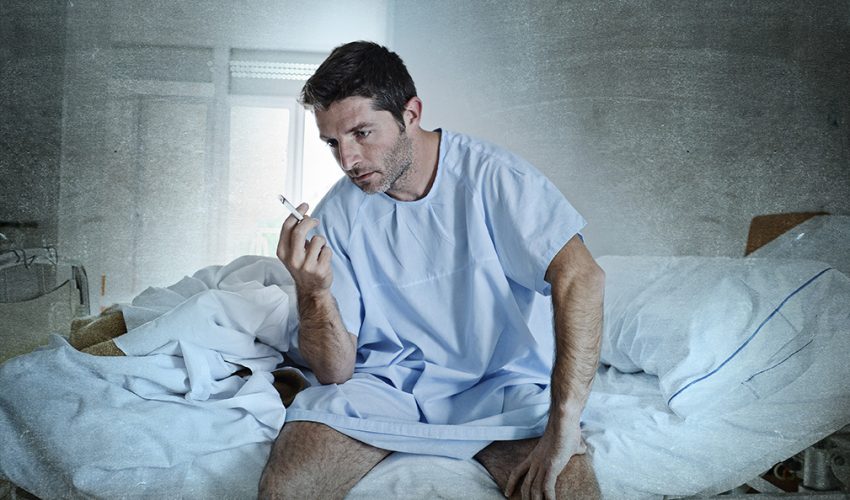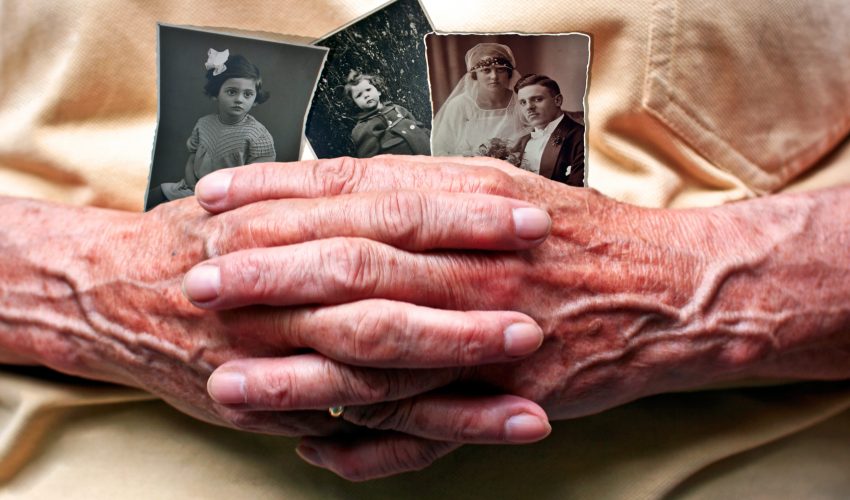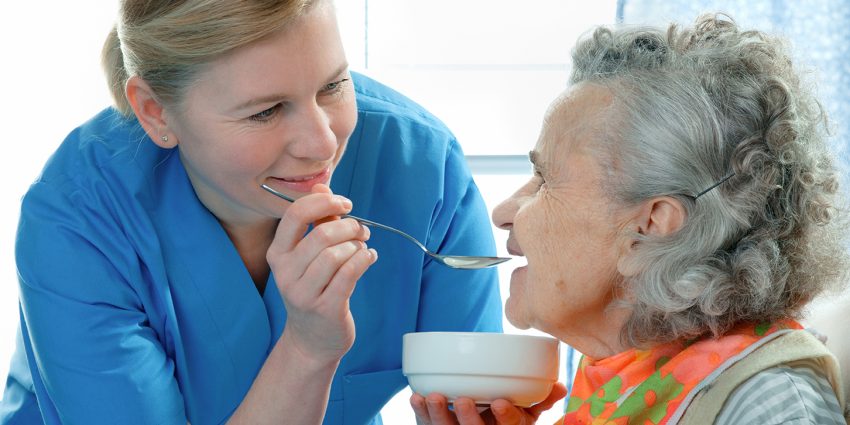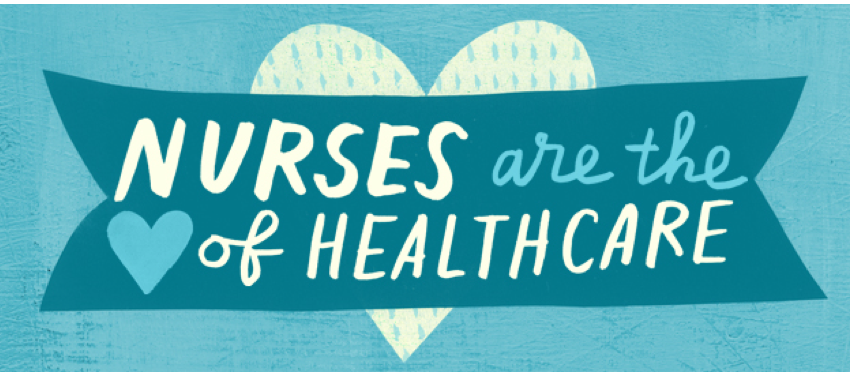Post Views: 4,960
ViewsWhat To Do When Your Patient Is An Addict
By TodaysNurse
It is a difficult task to treat a patient who is a known or suspected drug addict. There has been an awareness movement recently with the onset of the opioid epidemic that prescribing drugs just to appease and get rid of patients isn’t the best way to handle situations in healthcare. Conversely, in a hospital environment, you see many people in genuinely excruciating pain, who can only manage their pain with the assistance of major painkillers. It is frustrating to feel taken advantage of. When they ask for medication and appear to be in no pain, it is hard to feel anything close to sympathy. When you’re busting your hump for your other patients who are in agonizing pain, and it’s the addict who is ringing the call bell constantly, it may be tough to resist snapping.
So, how do you continue to treat such a difficult patient? The American Society for Pain Management Nursing mandates, “Patients with substance abuse disorders and pain have the right to be treated with dignity, respect, and the same quality of pain assessment as all other patients.” Even though you believe that their ten on the pain scale isn’t legitimate, you must treat them like it is, unless you have hard evidence that they are lying. They are people, they are in a hospital receiving services, and they have every right to receive that service just like anyone else. Here are some tips to help meet ASPMN guidelines and keep your sanity.
Try to understand their predicament:
Nobody’s goal in life is to become a drug addict. When you feel yourself boiling over with frustration at an addict that you are treating, try to put their situation into perspective. They likely were raised in an environment where drug use was acceptable due to friends, family, socioeconomic status, geographical location, etc. Maybe they previously had a serious injury and were given heavy painkillers, and became addicted. Remember, this is not the life that these patients envisioned for themselves. Though they are responsible for their decision-making, they are in some manner a victim in this situation, and your anger towards them is misplaced. Try your hardest to redirect your anger away from the patient.
Remind yourself how addictive painkillers are:
The CDC reports that about 20% of patients reporting non-cancer painare prescribed opioids. In a CDC report in 2012, there was a state-by-state map that shaded different regions based on the statistic “number of opioid prescriptions per 100 people”. In this graphic, Michigan, Illinois, Ohio, Indiana, West Virginia, Kentucky, Tennessee, North Carolina, South Carolina, Atlanta, Mississippi, Arkansas, Louisiana and Oklahoma are all shaded for 96 to 143 opiate prescriptions per 100 people. That means that these states averaged about 1 prescription per person, which is very high and a great way to create addicts in the general population. The NIH has reported that the incidence of heroin users that reported they first had been prescribed opioids is about 73 to 76%. These two statistics combined basically indicates that many people were being prescribed opioids, and then many people were becoming addicted to synthetic alternatives like heroin because of that prior addiction. When you are having a moral dilemma in trying to treat the addict like a normal patient, remember that it really isn’t his or her fault.
Ignore it:
If all else fails, ignore what your head and heart are telling you. You’ve seen the signs before: the twitches, specific requests for dosages of a medication, asking for medication ahead of schedule, not looking to be in pain but always reporting pain, wrinkled and blotched skin, needle marks, etc. You are not alone in this, and your coworkers treating the patient have also seen it. You’ve likely noted your observations during end-of-shift reports, or during shifts to your superiors. If they have seen it, you have reported it, and everyone is fine with this individual receiving these medications, then one solution is to distance yourself. Why invest yourself into a situation that doesn’t affect you. Let the patient use the call bell and complain about their phantom pains. If you can’t empathize with their unfortunate situation, then the best solution is to keep some distance from it. Remember ASPMN regulations, treat the patient like any other patient, and try your hardest not to care about whether he or she is an addict or not.
2 comments on What To Do When Your Patient Is An Addict
Leave a Reply
What To Do When Your Patient Is An Addict
By Nurse Advisor Magazine (Official)
It is a difficult task to treat a patient who is a known or suspected drug addict. Read more about what to do when your patient is an addict here.














BE CAREFUL of crypto platforms promising huge returns. They lure people into fake programs. I lost 198,450 USD last year. While researching on how to recover my funds, I came across several recommendations on the Bitcoin Abuse Forum about HACKERSTEVE. I contacted him via his email on hackersteve911@gmail.com | https//hackersteve.great-site.net/, and he helped me recover all my funds. If you’ve also been a victim of financial scams, don’t hesitate to get in touch with him.
Fallen A Victim Of A Crypto Scam? – Recover Your Funds Right Now
Wassup Folks,
I genuinely hope this finds you well.
I wanted to share some wonderful news with you today: with the assistance of Seeker Assets Recovery, I just recovered my lost Crypto worth 65,000 USD that was stolen by scammers. It all started earlier last month, when I received an email from a stranger advertising a bogus Bitcoin investment opportunity. I fell for his fake promises and invested with the company. Fortunately, with the assistance of Seeker Assets Recovery, I was able to detect the fraud before it was too late. The Expert was able to retrieve the funds promptly and efficiently, and I am truly grateful for His knowledge and assistance. If you ever find yourself in a scenario like this, I highly suggest info@seekerassetsrecovery.com WEBSITE: seekerassetsrecovery.com The Expert’s assistance was crucial.
WhatsApp; +1 (5,1,4,3,1,2,2,8,0,3